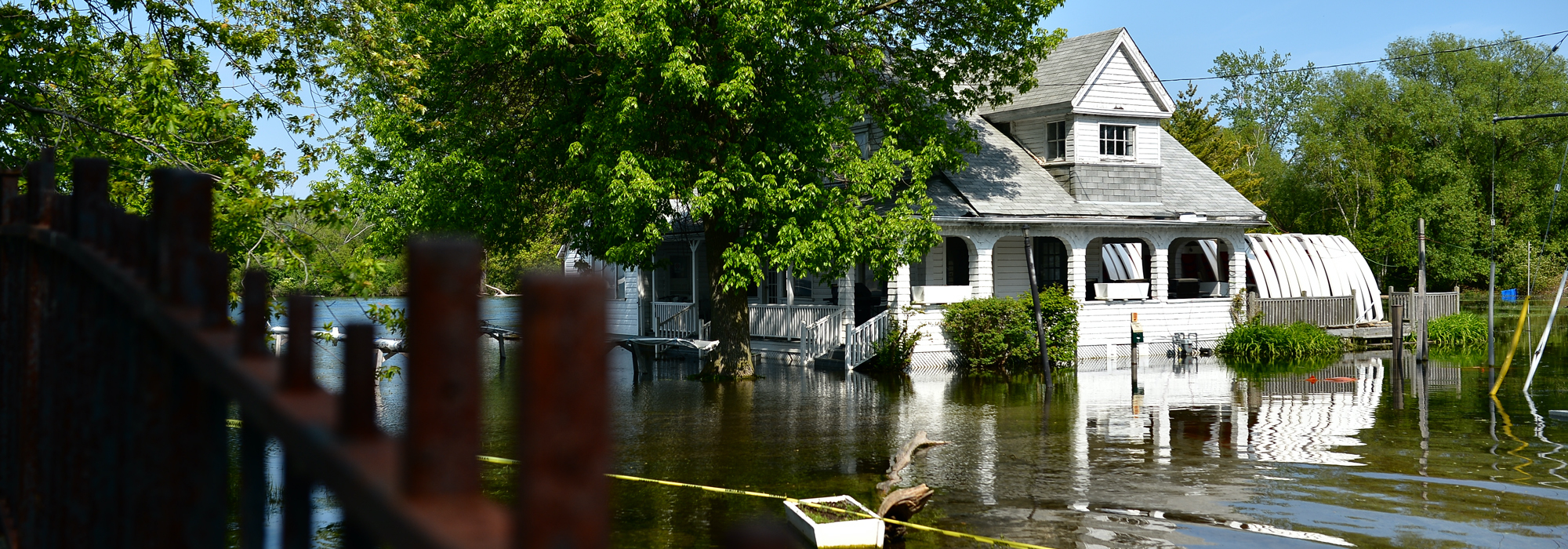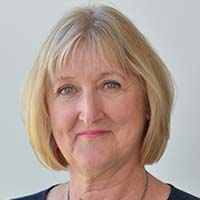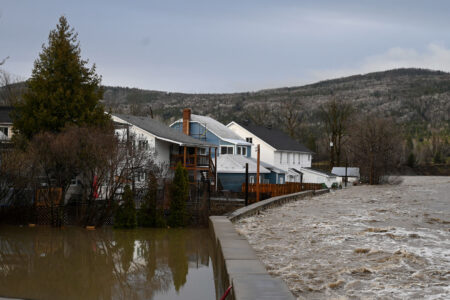
Wild fires. Torrential rains and flooding. Violent windstorms. As changing weather bombards us with evidence of the global climate crisis, we are ignoring some of our most powerful first responders – natural carers. In the country’s move to confront the climate crisis and to become carbon neutral, Canada also need to be care-positive, and that means leveraging the skills and capacities of our 8 million caregivers in disaster planning. Catherine McKenna, as Minister of Infrastructure and Communities, has a unique opportunity to lead on this agenda.
Canada’s ability to successfully respond to the climate crisis depends on the freely given, natural care provided by family, friends and neighbours. These caregivers (distinct from professional care providers) are the true first responders and the bedrock of our individual and collective safety and security. They serve the community in many ways, including
- caring for children, seniors and those with long-term illness who are at risk of being left behind during a crisis;
- utilizing a well-seasoned capacity to work in crisis environments, because, by definition, that is what they do as caregivers. This requires ingenuity and adaptability in the face of vulnerability and the unpredictable course of aging and disease;
- ensuring safety and security at home – as family, friends and neighbours – so emergency personnel, health-care workers and firefighters can do their work.
At first glance, caregiving and the climate crisis may seem like a strange pairing, but our health, well-being and survival during and after any disaster depend on it. Yet this crucial element is not identified, supported or co-ordinated in national planning for climate-related disasters. Unfortunately, Canada’s “whole-of-society approach” to disaster planning fails to capture the unrecognized strengths and talents of caregivers.
Carers Canada calls the nation’s caregivers our “invisible health partners.” This invisibility has resulted in widespread municipal disaster preparedness plans that fail to consult with, or specifically include, carers. Yet, at times of disasters small and large, ordinary Canadians have a track record of stepping up and staying on through the worst of it. Consider this example that was described to us, of the single father of a son with autism who, as dangerous fires threatened the northern Alberta city in 2016, rushed to school when an evacuation was announced in Fort McMurray. The fires were encroaching, but this father and son then drove across town to rescue an elderly and infirm relative. As they drove eight hours to escape the flames, the father kept his family calm until they reached safety.
Or, consider the scene at a Montreal West Island community emergency shelter when, in 2017, floodwaters forced the evacuation of 18 residents of a nearby seniors’ home. Daughters and sons arrived to help, working together with neighbourhood volunteers to calm the shaken evacuees, offering cups of tea and reassuring conversation until alternative living arrangements could be made. And, of course, caregivers remain long after the emergency has passed, to deal with the trauma and recovery. Caregivers are not only first responders in a crisis – they are also the last responders.
These everyday acts of heroism aren’t headline news, but they reveal the myriad ways that people who are experienced in caring for their families exercise ingenuity and altruism to meet the extreme challenges of natural disasters. Recognizing and coordinating these hidden human resources could be key to creating neighbourhoods that are resilient to climate threats.
Natural caregivers are part of everyday life. They make sure their loved ones are safe, warm and dry no matter what. But this natural, freely given care is largely invisible. Making an effort to identify and support the caregiving that goes on in our communities is critical. Caregivers, often on the job 24/7, are particularly prone to isolation. Neighbours may be hesitant to knock on the door – even in an emergency – for fear of intruding. Therefore, making the effort to know who on the block is caring for an older parent, an infirm spouse, a sibling with mental health challenges or a disabled child makes it easier to reach out, carry on a conversation and offer assistance.
In difficult times, the greatest asset people can have is friends or family members who know and care about them. Utilizing tools to identify and map caring relationships can reveal strengths and gaps in the care ecosystems of local communities. Education and awareness programs such as British Columbia’s Resilient Neighbourhoods program can inspire action and connect neighbours. Its Connect and Prepare initiative is a ground-breaking approach to building preparedness based on strengthening social connections between neighbours. This is key in disaster planning because, at present, only 20 percent of British Columbians have any contacts and plans with neighbours to help each other in the event of a natural disaster. The Connect and Prepare program has had a proven impact. A 2018 pilot showed overwhelmingly positive outcomes with 100 percent of participants reporting better connections with neighbours and increased preparedness for emergencies as a result of the program.
In line with the Age Friendly Community movement, it is time to create care-friendly communities, focused on supporting and enabling family, friends and neighbours to look out for, and care for, one another. Municipal governments, working with allied nonprofit organizations such as the McConnell Foundation and Tamarack Institute, have a role to play. So do provincial governments, which will need the support of a coordinated national campaign to ensure best practice across the country.
Natural care is key to our well-being and resilience no matter what the changing global climate has in store for us. We have an opportunity for all Canadians to come together to support one another and it’s a campaign our future depends on.
Photo: Shutterstock, by flemingn.
Do you have something to say about the article you just read? Be part of the Policy Options discussion, and send in your own submission. Here is a link on how to do it. | Souhaitez-vous réagir à cet article ? Joignez-vous aux débats d’Options politiques et soumettez-nous votre texte en suivant ces directives.











